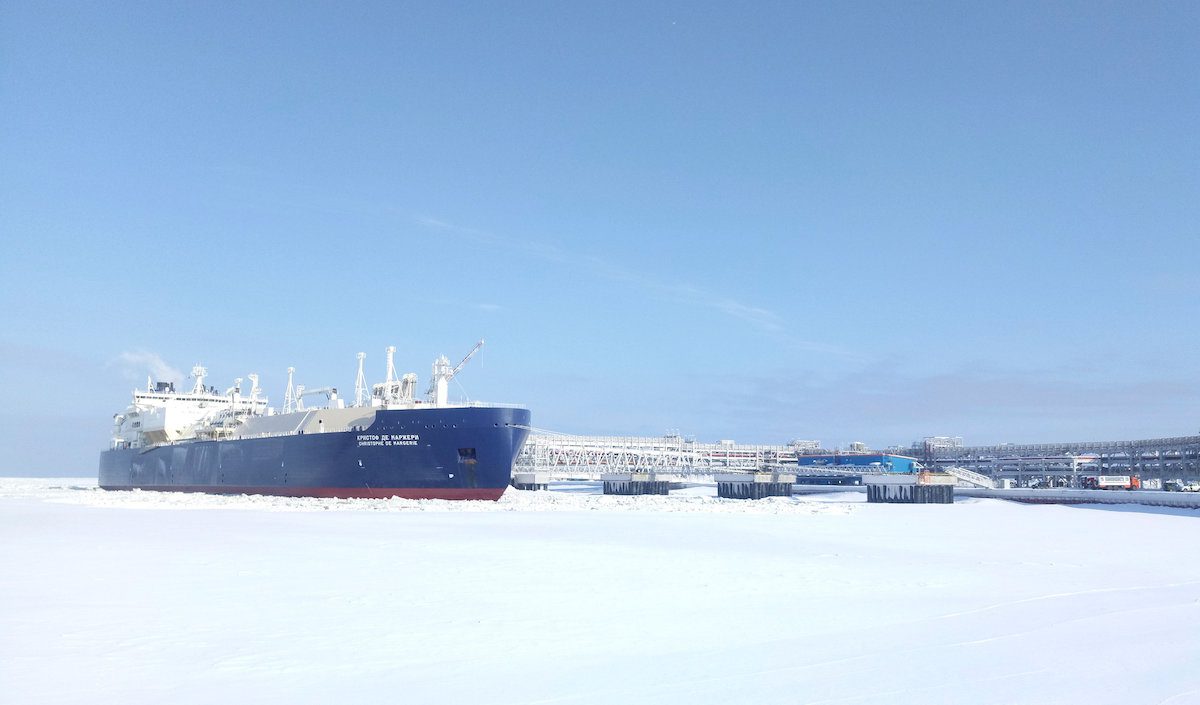With the clock ticking, shipping companies face challenges and opportunities under the EU’s landmark regulation.
On January 1, 2025, the European Union’s FuelEU Maritime regulation will officially take effect, ushering in a new era for emissions compliance in the shipping industry. Targeting vessels over 5,000 gross tons calling at EU ports, the regulation mandates a phased reduction in greenhouse gas (GHG) intensity from marine fuels. Starting with a 2% reduction in 2025, the targets escalate to an ambitious 80% by 2050.
The regulation will apply to all vessels calling at EU ports, regardless of flag or nationality, covering both voyage emissions and berthing operations.
For an industry responsible for nearly 3% of global emissions, FuelEU Maritime is a cornerstone of the EU’s broader Fit for 55 initiative, which aims to cut overall emissions by 55% by 2030. The regulation comes hand-in-hand with the EU Emissions Trading System (ETS), further tightening the noose around conventional fuel reliance.
FuelEU Maritime is being praised for its technology-neutral, goal-based framework, which allows shipowners to choose their path to compliance. Options include biofuels, LNG, methanol, ammonia, hydrogen, and emerging energy sources. However, the industry remains divided on its readiness.
Although demand for alternative fuel continues to grow, high costs remain a significant barrier to widespread adoption. Many operators are also raising concerns about fuel availability and the logistical hurdles of transitioning fleets.
Recognizing the complexity of compliance, industry bodies like BIMCO have introduced new contractual clauses to help shipowners and charterers navigate the regulatory shift. BIMCO’s FuelEU Maritime Clause for Time Charter Parties 2024 clarifies responsibilities around fuel selection, GHG compliance, and cost allocation. Legal preparedness will be essential for mitigating disputes as the 2025 deadline looms.
Meanwhile, workforce readiness remains a sticking point. A recent study highlighted that 450,000 seafarers will need training by 2030 to safely handle alternative fuels like ammonia and hydrogen.
The cost of complying with regulatory requirements is expected to rise significantly as the EU ETS, FuelEU Maritime, and other jurisdictional regulations are phased in over the coming years. Shipping companies like Maersk have already begun assessing emission surcharges. “We expect the emission surcharge in 2025 to be nearly double that of 2024,” the company stated in a recent update.
For many shipping companies, the economics of FuelEU Maritime are tied to the EU ETS, where carbon allowances offer a cheaper compliance pathway—at least for now. However, as allowance prices rise and regulatory scrutiny increases, operators face mounting pressure to make long-term investments in decarbonization rather than short-term workarounds.
While challenges remain, FuelEU Maritime marks a decisive step toward decarbonizing one of the world’s most carbon-intensive industries. The regulation’s flexibility gives operators room to innovate, and early adopters are already seeing opportunities to gain competitive advantage.
As the January 2025 deadline approaches, one thing is clear: the industry’s course is set. Whether by biofuel, LNG, or next-generation technologies, shipping’s green transition is no longer on the horizon—it’s here.

 Join The Club
Join The Club










